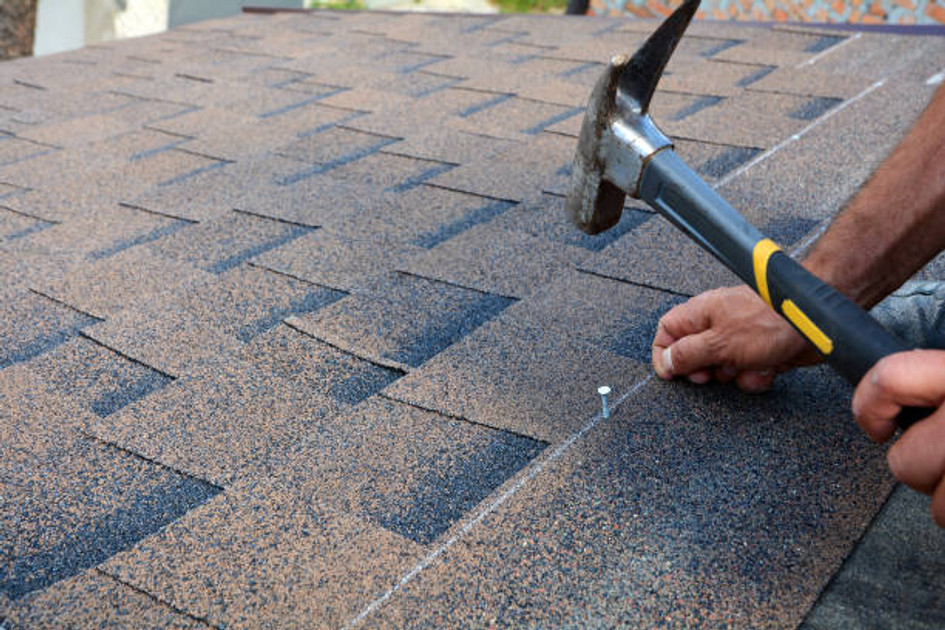Understanding Your Roofing Underlayment Options
Posted by Rick R. on Jan 11, 2023
When it comes to roofing projects, there are dozens of factors that need to be taken into account. One of the most important is deciding which type of roofing underlayment to use. The underlayment serves a crucial role in keeping your roof structure dry and secure, so it’s important that you get the right one for your needs. Let’s take a look at three common types of roofing underlayment and how they measure up against each other.
Synthetic Underlayment
Synthetic roofing underlayments are a relatively new product on the market and have quickly become a popular choice for both commercial and residential applications. Synthetic underlayments are made from polypropylene or polyester fabrics and are designed to be lightweight but durable. They provide excellent protection against water, wind, hail, and extreme temperatures, and they often come with a 10-year or longer warranty. Synthetic underlayments also have the benefit of being easy to install due to their lightweight and flexibility. The downside is that synthetic materials can be expensive compared to traditional felt options. However, many builders and roofing professionals believe that the extra cost is worth it for the added durability and peace of mind that comes with a synthetic underlayment.
Felt Underlayment
Felt is a popular choice for roofing underlayments because it is cost-effective compared to synthetic options. Felt does not offer as much protection against moisture or temperature fluctuations as synthetic materials do, but it is more durable than some synthetics. Also, felt is more prone to tearing during installation than synthetic materials are, which can lead to costly repairs if not done correctly. Felt has been used as a roofing underlayment for decades and is still a widely used material today.
Rubberized Asphalt Underlayment
Rubberized asphalt is a unique type of underlayment that combines rubberized asphalt with fiberglass reinforcements for superior waterproofing protection and durability. It also provides excellent thermal insulation thanks to its airtight construction, making it an ideal choice in cold climates where heat loss through the roof can be an issue.
Rubberized asphalt can be expensive, but its superior performance makes it worth considering for any project with specific weatherproofing requirements. In addition to its excellent waterproofing and insulating properties, rubberized asphalt also has a high degree of flexibility, making it less likely to crack or break in extreme temperatures. This makes it an ideal choice for roofs in areas with large temperature swings, such as the Mountain West or the Northeast United States. Overall, rubberized asphalt is an excellent option for any project that requires superior waterproofing protection and thermal insulation.
Choosing the right roofing underlayment for your project doesn’t have to be difficult! By understanding your options—synthetic underlayments, felt underlays, and rubberized asphalt—you’ll be able to make an informed decision on what works best for your home or business’s needs while staying within budget. With the right knowledge in hand, you can make sure your roof stays secure long into the future!
Reference:
J. (2016, October 26). What is Roof Underlayment & Why is it Needed? | Long Home. Long Home Products. Retrieved December 3, 2022, from https://longhomeproducts.com/blog/roofing-underlayerment-important/
Types of Roofing Underlayment | Owens Corning Roofing. (n.d.). Types of Roofing Underlayment | Owens Corning Roofing. Retrieved December 3, 2022, from https://www.owenscorning.com/en-us/roofing/tools/how-roofing-underlayment-helps-protect-your-home
Smith, E. (2018, October 2). The Different Types of Roofing Underlayment. Advanced Roofing Inc. Retrieved December 3, 2022, from https://www.advancedroofing.biz/blog/roofing/the-different-types-of-roofing-underlayment/

